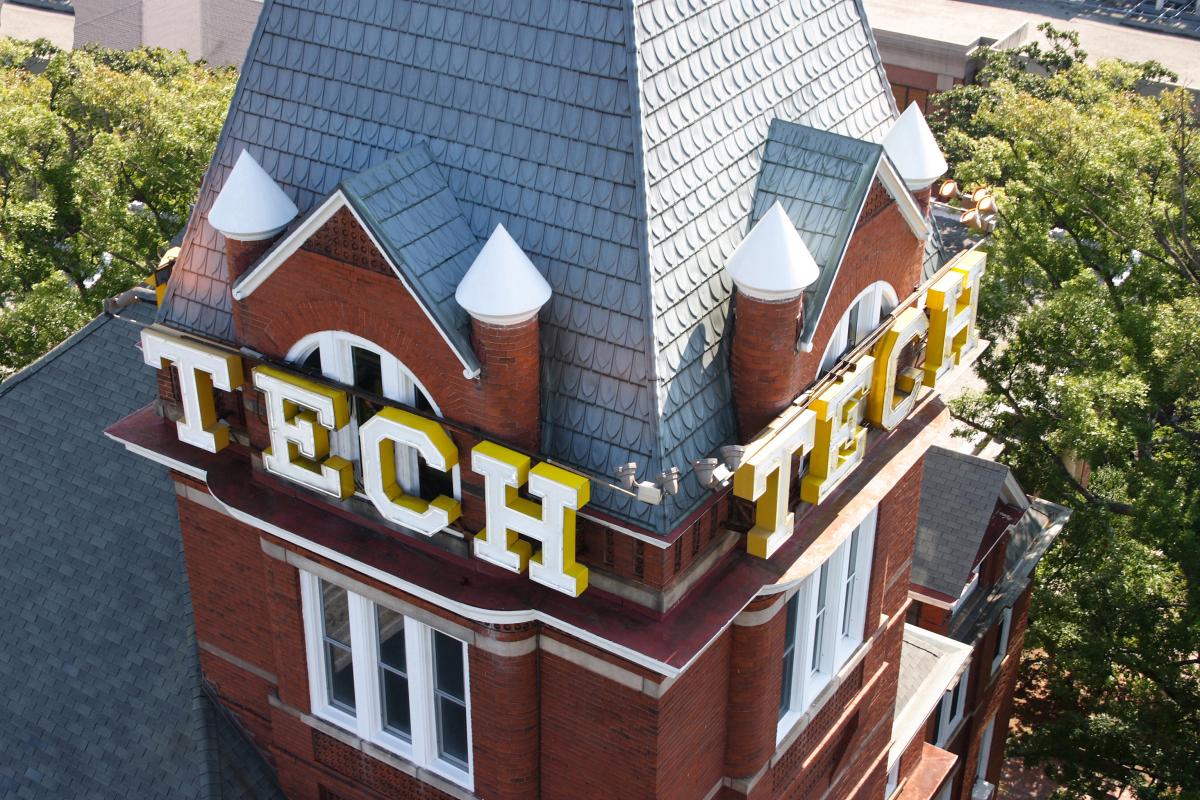
“In eighth grade, I took an architectural tour of Chicago and was struck by how beautiful the buildings and bridges were,” says the Windy City native who earned her masters in civil engineering at Georgia Tech in 2006. “When I entered high school, a physics teacher introduced me to the science of it. It was like a missing piece, really – the practical side of that beauty –that science and engineering could really bring my imagination to fruition.”
Fast forward to the present day: as a structural engineer for the Chicago-based Parsons Brinckerhoff, Muhammad now conducts safety inspections and performs structural design for the very bridges that wowed her as a teen. She hasn’t lost her enthusiasm. – or drive.
“Throughout my career I’ve focused on my passion for the subject matter, not attitudes. I didn’t linger on some of the other stuff that can make this a hard profession for a woman to pursue,” she said. “But it’s there.”
Muhammad says she was bolstered in her own ambitions by her parents – a professional artist and a computer systems engineer – both of whom encouraged her to follow her dreams. She is thankful for that, but knows, too, that not everyone is so lucky.
That’s motivated her to explore a new passion: film.
“I want to film a documentary on engineering. Something that will encourage more women to pursue this field as a creative way to engage their minds,” she said.
“I had my experience, and it was good, but I don’t like to sugarcoat things. I recognize what the environment can be like, and I want women to see that they can focus on their passions and thrive as engineers.”
Muhammad has studied both the art and the science behind bridges – a combination that influences her perspective to this day.
“In my undergraduate studies through Professor David Billington, I came to see bridges as ‘structural art’ because it was clear to me that there was a connection between their beautiful architecture and their load-bearing abilities,” she says.
“The aesthetics of form derive from the bridge’s alignment with its function.”
At Georgia Tech, as a student of Dr. Reginald DesRoches, she had an opportunity to deepen her understanding of that connection by revisiting research she had done on Japan’s Akashi Kaikyo suspension bridge. The fact that it had experienced an earthquake during its construction made it particularly interesting to study.
“Jameelah was extremely bright and inquisitive,” says DesRoches, now the Karen and John Huff Chair of the School of Civil and Environmental Engineering. “She always asked questions that illustrated a deep understanding and appreciation for structural engineering.”
